permitted hot colors for residential wiring
mark_anderson_us
13 years ago
Related Stories

CONTRACTOR TIPSBuilding Permits: When a Permit Is Required and When It's Not
In this article, the first in a series exploring permit processes and requirements, learn why and when you might need one
Full Story
CONTRACTOR TIPSBuilding Permits: What to Know About Green Building and Energy Codes
In Part 4 of our series examining the residential permit process, we review typical green building and energy code requirements
Full Story
CONTRACTOR TIPSBuilding Permits: 10 Critical Code Requirements for Every Project
In Part 3 of our series examining the building permit process, we highlight 10 code requirements you should never ignore
Full Story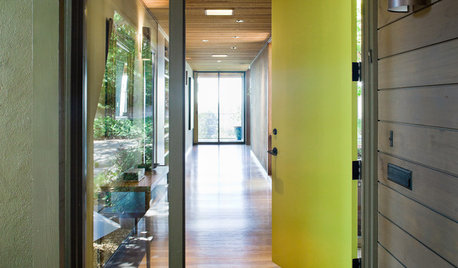
CURB APPEAL5 Bright Palettes for Front Doors
Splash bold green, blue, orange or red on your front door, then balance it with a more restrained hue on the rest of the house
Full Story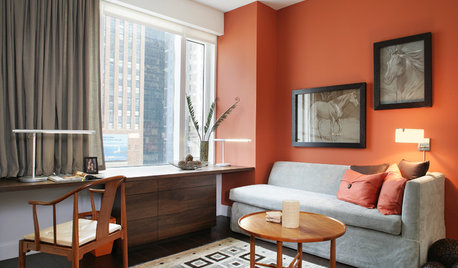
MOST POPULARFalling for Color: 9 Ways With Pumpkin Orange
From racing stripes to accent walls, see how to work this vibrant hue into your home
Full Story
LIVING ROOMSDrop In on a Hot Comeback With a Sunken Living Room
Take the plunge into a new kind of practicality with an interior design feature that has a rich history
Full Story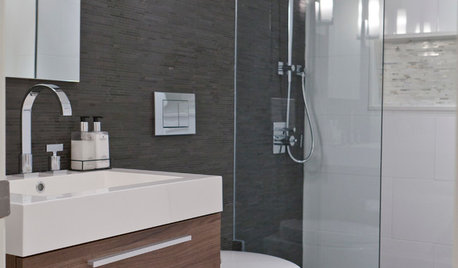
COLORBathed in Color: When to Use Gray in the Bath
Go for elegance and sophistication without going overboard on coolness, using these gray bathroom paint picks and inspirational photos
Full Story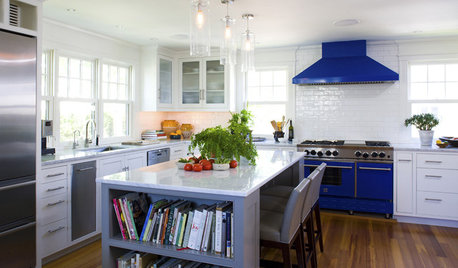
KITCHEN DESIGNSo Over Stainless in the Kitchen? 14 Reasons to Give In to Color
Colorful kitchen appliances are popular again, and now you've got more choices than ever. Which would you choose?
Full Story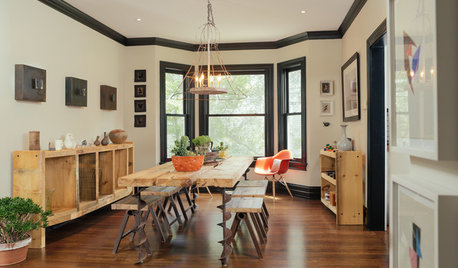
TRIMWhat Color Should You Paint Your Trim?
Learn the benefits of painting your trim white, black, neutral, a bold color and more
Full Story
LANDSCAPE DESIGNGreat Design Plant: Sun-Loving Bougainvillea Showers Yards With Color
Bring unbeatable vibrancy to a garden or wall with this unfussy and trainable shrub packed with colorful bracts
Full StoryMore Discussions










kurto
Ron Natalie
Related Professionals
Hainesport General Contractors · DeSoto General Contractors · Easley General Contractors · Elyria General Contractors · Holly Hill General Contractors · New Baltimore General Contractors · Rancho Santa Margarita General Contractors · Warrenville General Contractors · Wyomissing General Contractors · Downers Grove Solar Energy Systems · Sun Prairie Solar Energy Systems · Coronado Home Automation & Home Media · Medford Home Automation & Home Media · North Merrick Home Automation & Home Media · Robbinsdale Home Automation & Home Mediaglobe199
samneric
Ron Natalie
Ron Natalie
fixizin
Ron Natalie
fixizin
Ron Natalie
bus_driver
Ron Natalie
fixizin
fa_f3_20
terribletom
ontariojer